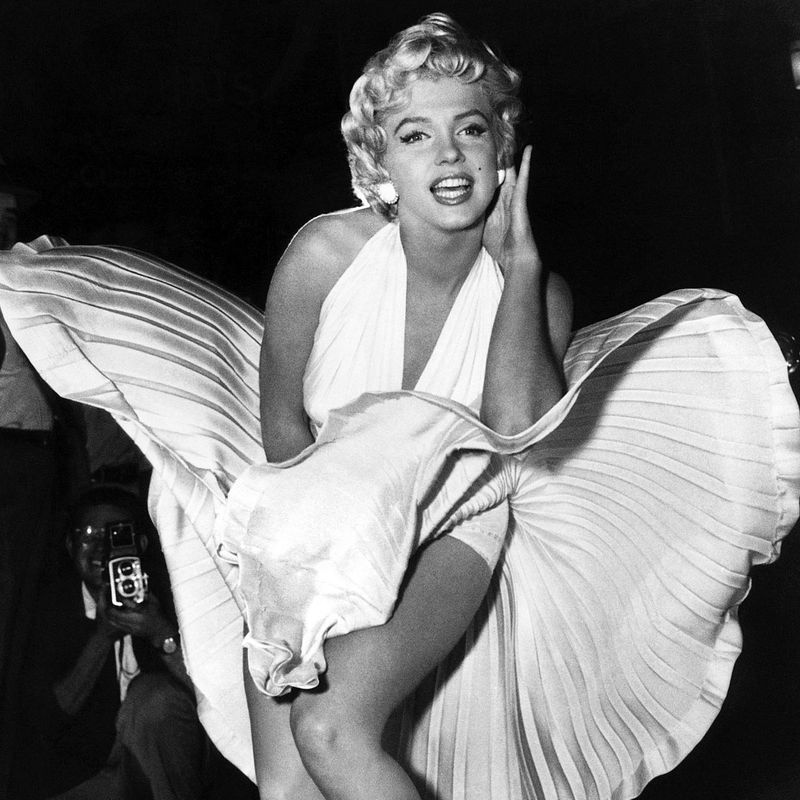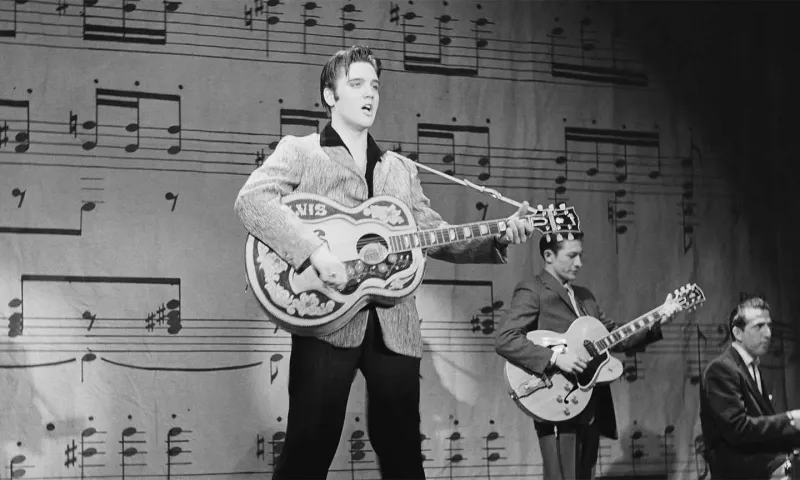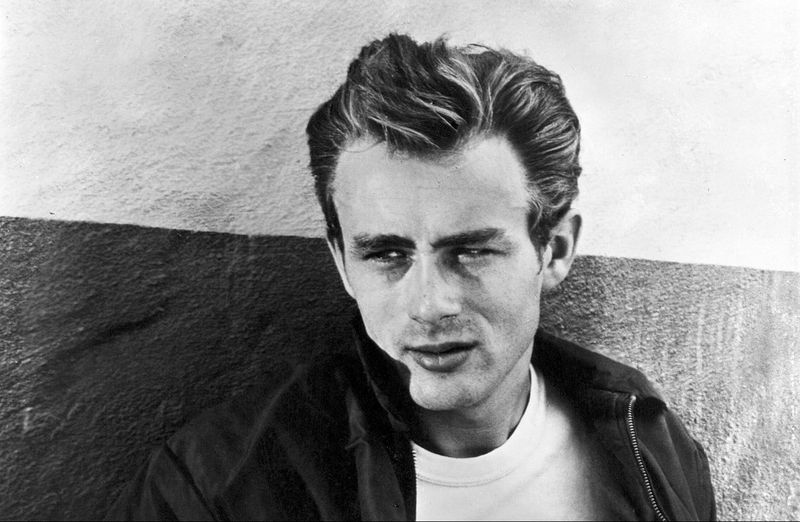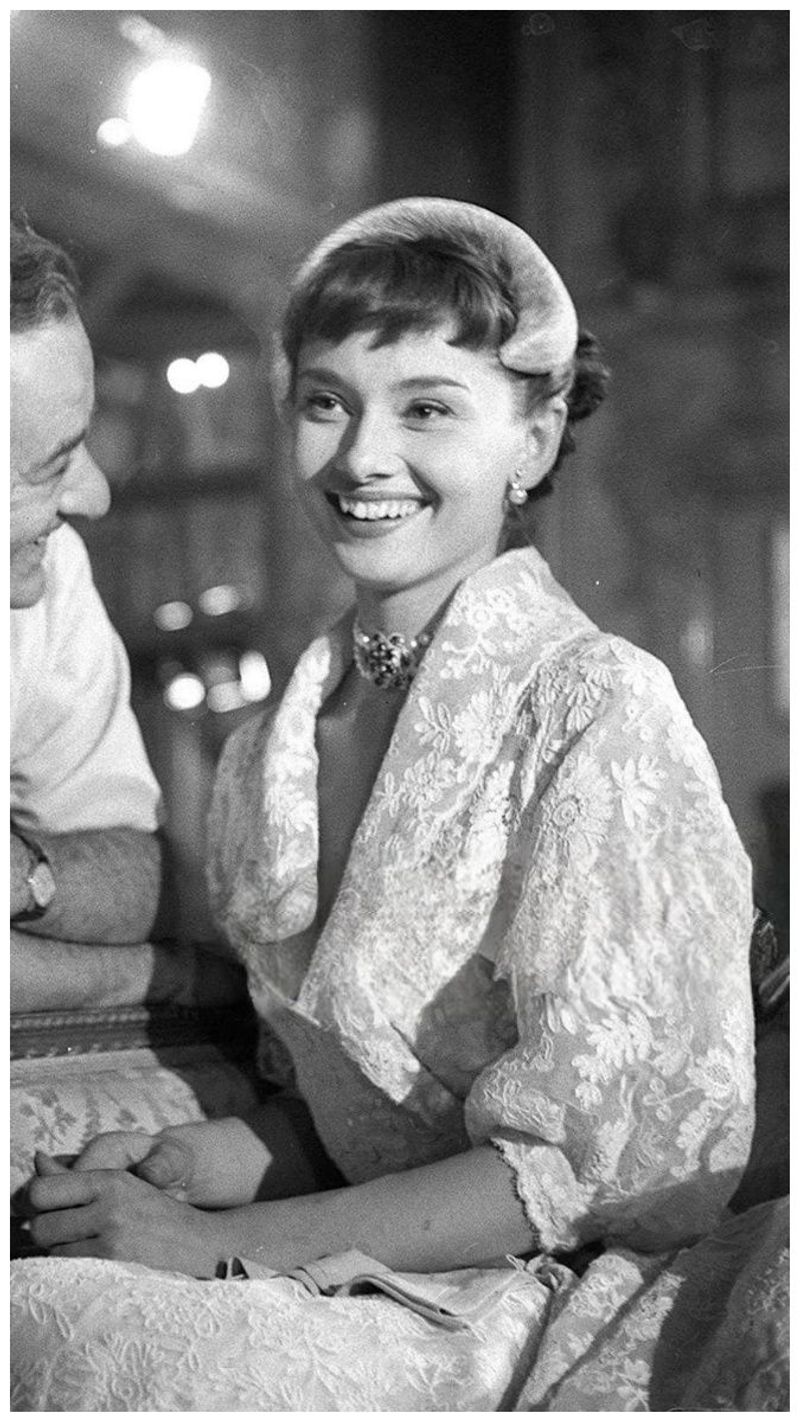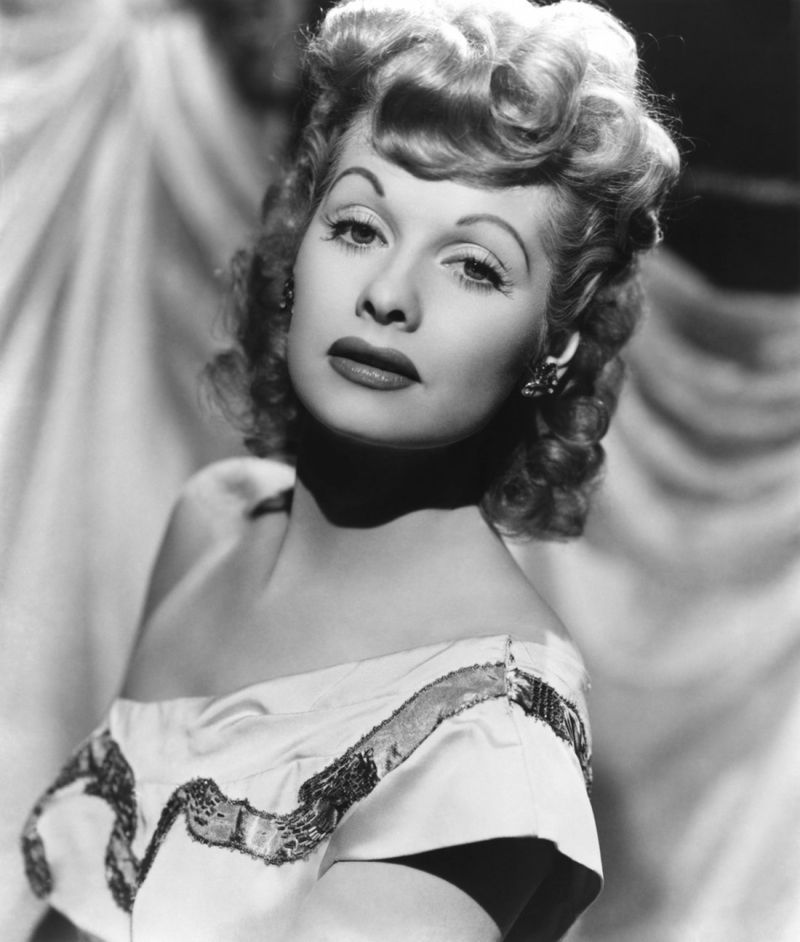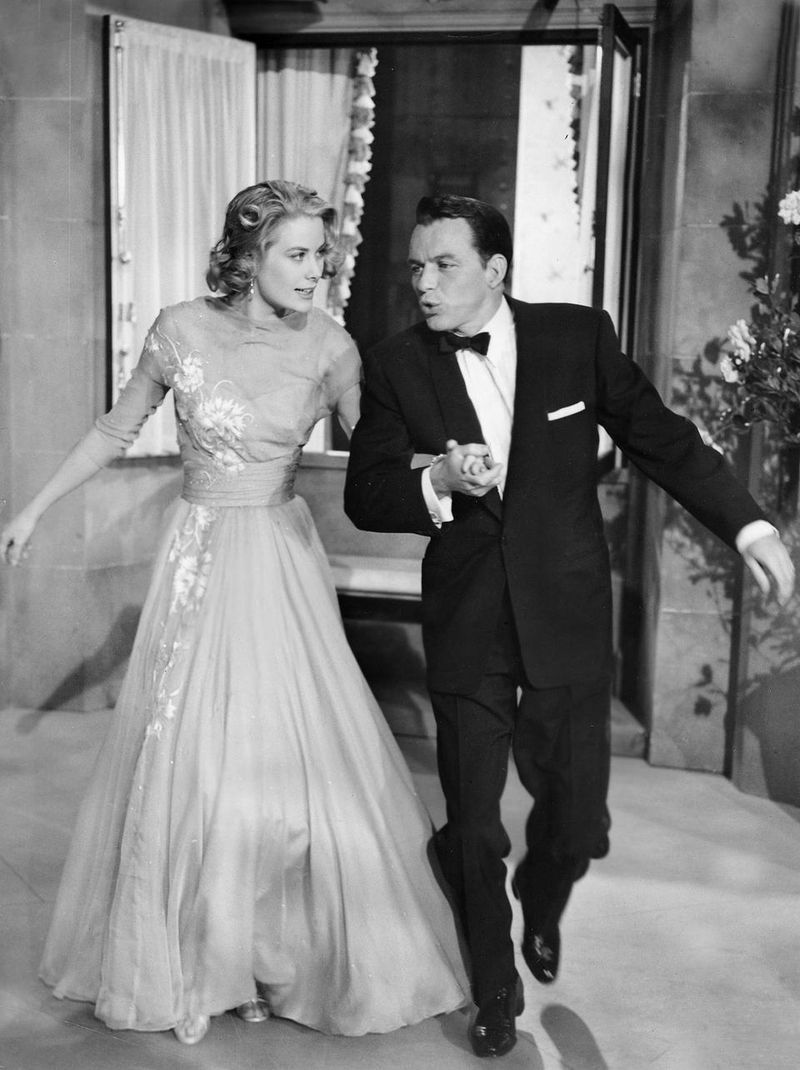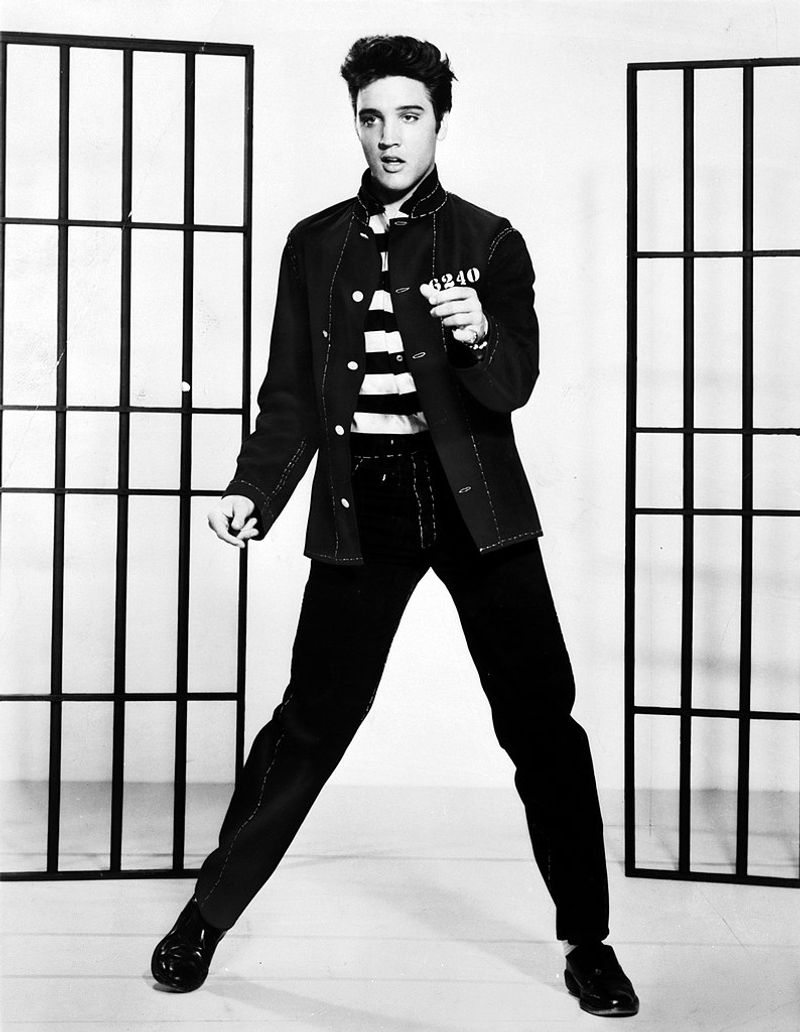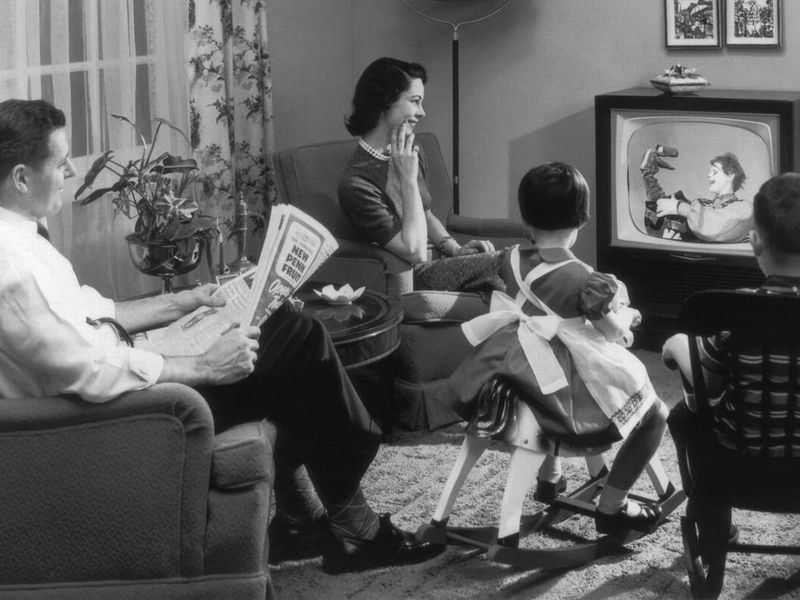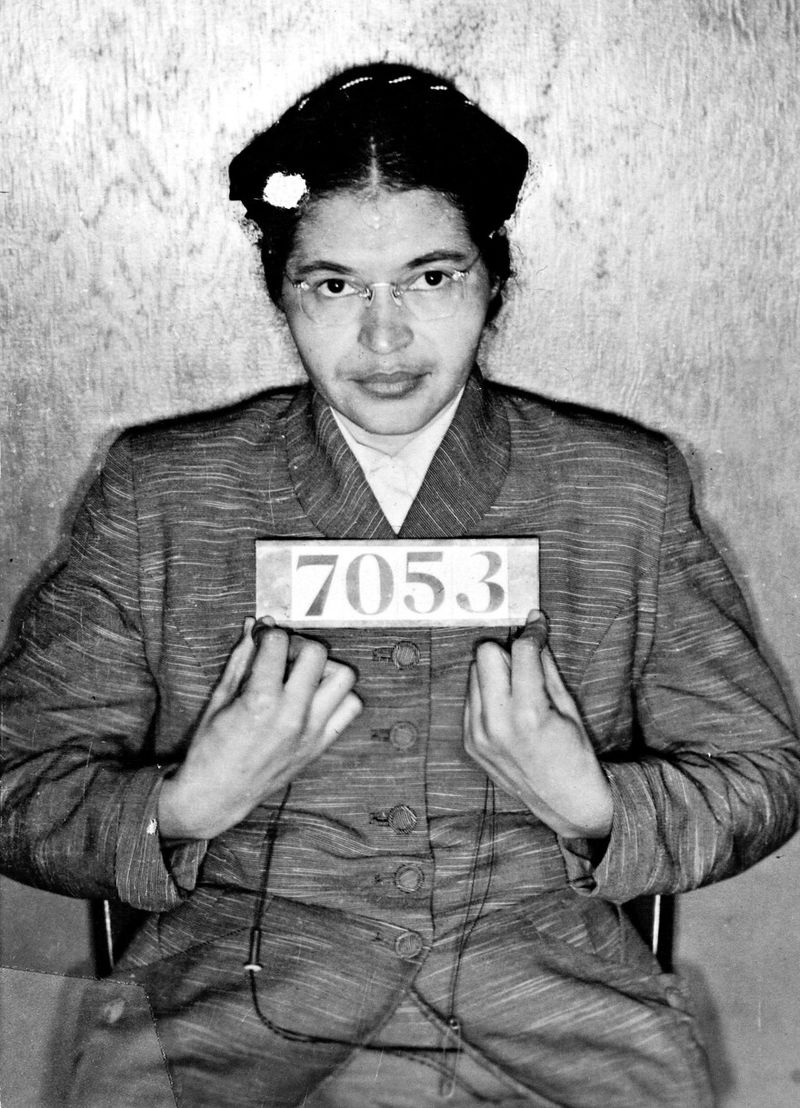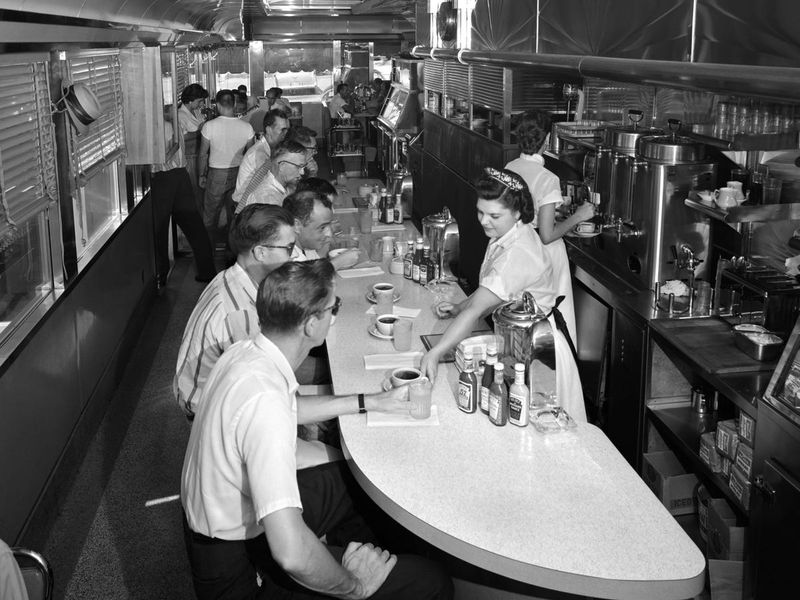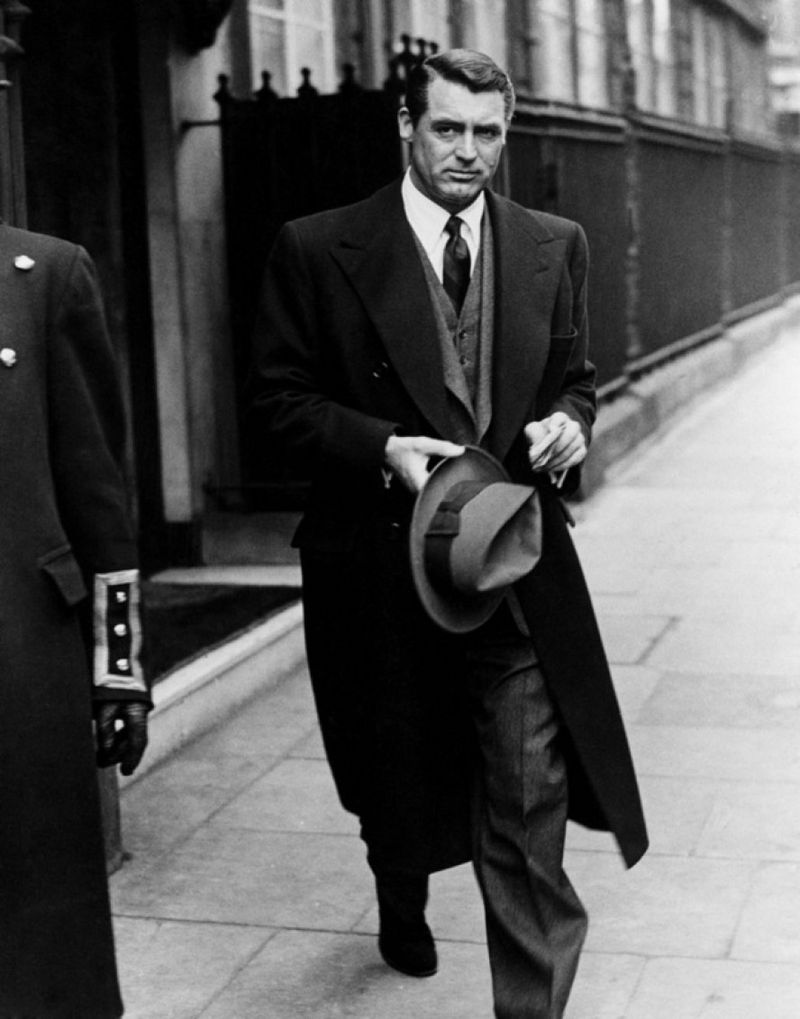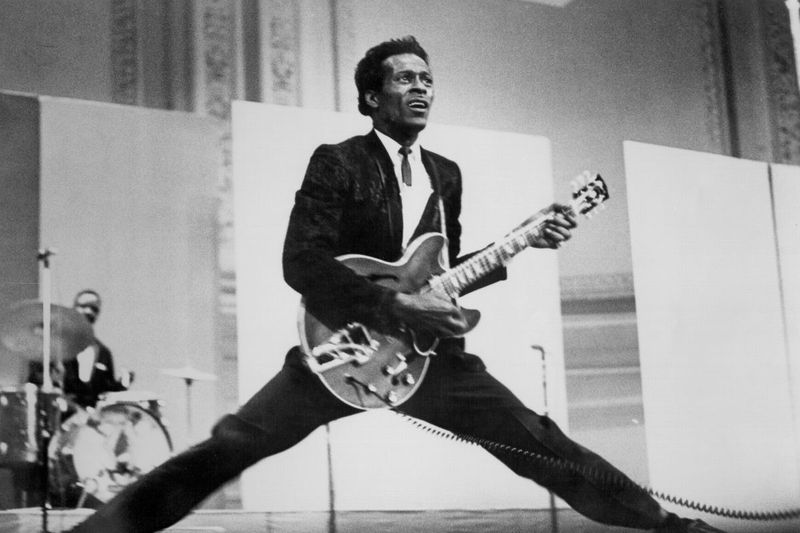The 1950s was a decade of transformation, offering iconic images and unforgettable celebrities who left an indelible mark on history. From captivating movie stars to groundbreaking musicians, the era was rich with personalities that still resonate today. In this blog post, we explore 13 iconic images and celebrities from the 1950s that captured the spirit of the time. Each item is carefully selected to reflect the cultural essence of the decade, offering a glimpse into the glamour and innovation that defined the era. Join us as we journey through a time of charm and charisma, celebrating those who helped shape a generation.
Marilyn Monroe in ‘The Seven Year Itch’
Marilyn Monroe’s white dress scene in ‘The Seven Year Itch’ is an image etched in pop culture history. Released in 1955, the film featured Monroe standing over a subway grate, her dress famously billowing upwards. This image epitomizes the glamour and allure of Monroe, capturing her playful charm.
Her youthful beauty and captivating presence made her a symbol of femininity in the 1950s. This scene not only showcased her acting prowess but also established her as a fashion icon. Monroe’s influence extended beyond the silver screen, making her an enduring figure in Hollywood lore.
Elvis Presley on ‘The Ed Sullivan Show’
Elvis Presley’s appearance on ‘The Ed Sullivan Show’ in 1956 was a defining moment in rock and roll history. His dynamic performance, complete with swiveling hips and magnetic charisma, captivated audiences nationwide.
At just 21, Elvis’s unique blend of rhythm and blues with country flair revolutionized music. His televised performance broke viewership records, solidifying his status as the ‘King of Rock and Roll.’ The show introduced his exceptional talent to mainstream America, sparking a cultural shift. Elvis’s legacy continues to influence musicians and performers to this day, embodying the rebellious spirit of the 1950s.
James Dean in ‘Rebel Without a Cause’
James Dean’s portrayal in ‘Rebel Without a Cause’ immortalized him as the quintessential teenage rebel. Released in 1955, the film captured the angst and confusion of post-war youth.
Dean’s iconic red jacket and intense gaze became symbols of youthful defiance. His performance resonated with a generation seeking identity and purpose. Despite his untimely death at 24, Dean’s impact on cinema and popular culture remains profound. His brooding presence and raw talent left an indelible mark, making him an enduring icon of youthful rebellion and vulnerability in the 1950s.
Audrey Hepburn in ‘Roman Holiday’
Audrey Hepburn’s enchanting performance in ‘Roman Holiday’ introduced her as a fresh face of Hollywood. Released in 1953, the film showcased Hepburn’s elegance and charm as a runaway princess exploring Rome.
Her portrayal earned her an Academy Award, cementing her status as a leading lady. Hepburn’s style, epitomized by her chic dresses and pixie haircut, became a fashion staple. Her grace and poise resonated with audiences worldwide, establishing her as a timeless icon. Hepburn’s influence extended beyond acting, with her humanitarian work further solidifying her legacy in both film and society.
Lucille Ball in ‘I Love Lucy’
Lucille Ball was the heart of 1950s television, bringing laughter into living rooms across America through the hit show ‘I Love Lucy’. Her groundbreaking performance redefined comedy and showcased her unique blend of humor and charisma. Lucy’s antics, paired with her impeccable timing, mesmerized audiences and set a new standard for TV entertainment.nnAs one of the first women to head a major television production company, Desilu Productions, Ball became a trailblazer for women in the industry. Her influence extended beyond comedy, shaping the future of television production and female representation on screen.nnHer iconic red hair, expressive face, and playful demeanor made her a symbol of joy and resilience, continuing to inspire generations of comedians and performers.
Grace Kelly’s Wedding to Prince Rainier III
Grace Kelly’s wedding to Prince Rainier III in 1956 was a fairytale come to life. The Hollywood starlet’s transformation into Princess of Monaco captivated the world.
Her elegant lace gown, designed by Helen Rose, set bridal fashion trends that endure today. The union symbolized a glamorous merging of Hollywood and European royalty. Kelly’s serene beauty and regal presence enchanted millions, embodying 1950s sophistication. Her transition from screen siren to princess charmed audiences, leaving a lasting legacy of grace and elegance. Kelly’s life story remains a symbol of timeless beauty and royal allure.
The Birth of Rock ‘n’ Roll
The 1950s witnessed the birth of rock ‘n’ roll, a genre that revolutionized music and youth culture. This energetic style blended rhythm and blues, country, and jazz, creating a sound that resonated with rebellious teenagers.
Pioneers like Chuck Berry and Little Richard brought electrifying performances and catchy melodies. This cultural shift challenged social norms and bridged racial divides. The vibrant beats fueled dance crazes, epitomized by lively jukeboxes in diners. Rock ‘n’ roll’s infectious energy and youthful spirit reshaped entertainment, leaving a lasting impact. It remains a defining element of 1950s cultural identity.
The Rise of TV Dinners
The advent of TV dinners in the 1950s revolutionized mealtime convenience. Swanson introduced these pre-packaged meals, allowing families to enjoy dinner while watching television.
This innovation catered to the era’s fascination with modern living and technology. TV dinners offered quick, easy-to-prepare options, reflecting changing lifestyles. Families gathered around black-and-white screens, savoring Salisbury steak or turkey with gravy. The packaging, featuring colorful images of food, appealed to consumers seeking novelty. TV dinners became a staple of American households, signifying a shift in dining habits and the growing influence of television culture.
Jackie Robinson’s Baseball Legacy
Jackie Robinson’s impact on baseball and civil rights is a hallmark of 1950s America. As the first African American to play in Major League Baseball, Robinson broke racial barriers with dignity and skill.
His exceptional talent and determination earned him Rookie of the Year in 1947 and MVP in 1949. Robinson’s success with the Brooklyn Dodgers challenged segregation and inspired future generations. He became a symbol of resilience and equality, paving the way for integration in sports. Robinson’s legacy is celebrated annually, honoring his contributions to both baseball and the broader fight for civil rights.
Rosa Parks and the Montgomery Bus Boycott
Rosa Parks’s courageous act of defiance in 1955 became a catalyst for the Civil Rights Movement. Her refusal to give up her seat on a Montgomery bus challenged racial segregation laws.
Parks’s quiet strength and resolve sparked the Montgomery Bus Boycott, a pivotal moment in the fight for equality. Her image, seated defiantly, became an enduring symbol of resistance. Parks’s bravery inspired a generation to stand against injustice, contributing to significant social change. Her legacy continues to inspire civil rights activism, reminding us of the power of individual courage and determination.
The Classic 1950s Diner
The 1950s diner is a quintessential symbol of American culture, capturing the era’s vibrant spirit and social scene. Known for their neon signs, chrome accents, and jukeboxes, diners offered a casual dining experience.
These establishments became popular gathering spots for young people, enjoying burgers, milkshakes, and lively conversation. The retro aesthetic and friendly atmosphere made diners an iconic part of 1950s life. They reflected the economic prosperity and cultural shifts of the time. Today, classic diners evoke nostalgia, representing the carefree, optimistic lifestyle that defined the post-war era’s American Dream.
Cary Grant’s Timeless Elegance
Cary Grant epitomized Hollywood elegance and sophistication during the 1950s, becoming an iconic figure of the silver screen. Starring in classic films like ‘North by Northwest’, Grant’s charismatic presence and effortless style captivated audiences worldwide.nnHis impeccable fashion sense and suave demeanor made him a trendsetter, influencing men’s fashion and defining the leading man archetype in Hollywood. Beyond his on-screen charm, Grant’s dedication to his craft set a high standard for actors of his time.nnEven today, Cary Grant’s legacy of charm and sophistication continues to inspire, making him an enduring symbol of classic Hollywood glamour.
Chuck Berry’s Electric Performance
Chuck Berry, often hailed as the ‘Father of Rock and Roll,’ electrified audiences with his unique blend of rhythm and blues. His performances in the 1950s were nothing short of legendary, showcasing his charisma and innovative guitar solos. Berry’s signature duck walk became an iconic image of the era, symbolizing the youthful energy and rebellious spirit of the time.
Berry’s influence on the music industry was profound. His electric performances set the stage for future rock legends and left a lasting impact on the genre. He was not only a pioneer in music but also an inspiration for generations to come, embodying the essence of rock and roll’s birth.
As you listen to Berry’s songs, you can almost feel the pulse of the 1950s—a time when music was evolving, and new cultural norms were being established. His legacy still resonates today, reminding us of a time when rock music was young and full of possibilities.
